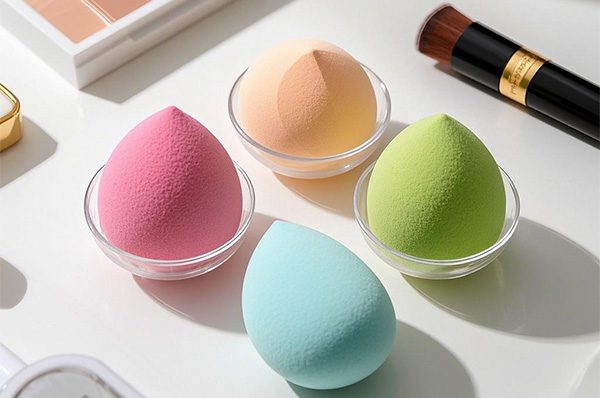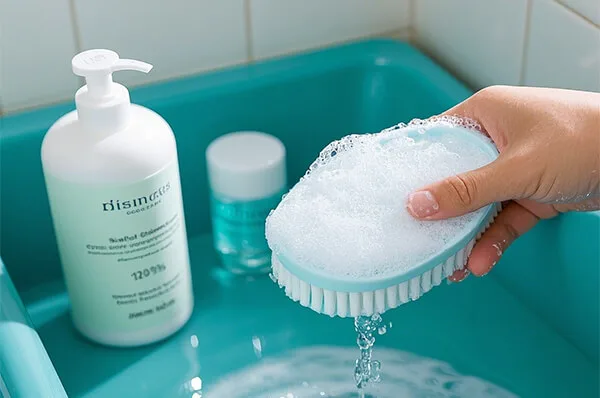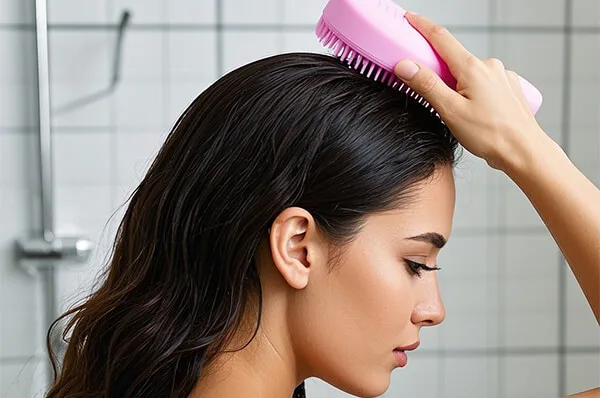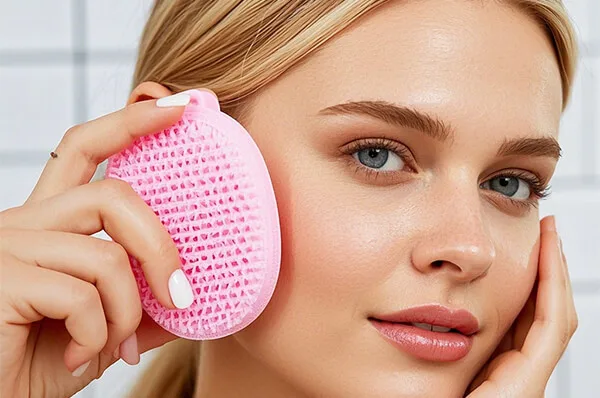- Have any questions?
- +86 19574832024
- admin@beaut-lohas.com
In the world of beauty and makeup, silicone beauty tools have gained significant popularity due to their unique properties. One crucial aspect that influences their performance is the hardness of the silicone material. Different hardness levels can bring about diverse effects on how these tools are used and the final makeup results they deliver.
Introduction to Silicone Beauty Tools
Silicone, as a kind of polymer material with excellent elasticity, stability, non-toxicity, and odorlessness, has been widely utilized in the manufacturing of beauty tools. From the commonly seen silicone makeup sponges, silicone powder puffs to silicone eyelash curlers and silicone lip brushes, it can be found everywhere. Compared with traditional materials for beauty tools like animal hair or ordinary plastics, silicone has many advantages such as being easy to clean, less likely to breed bacteria, and durable, which makes it highly favored by consumers.
Influence on Base Makeup Tools
Silicone Makeup Sponges
When it comes to silicone makeup sponges, those made of softer silicone materials usually possess better resilience. When dipping into liquid foundation or other base makeup products, they can gently conform to the container and absorb an appropriate amount of the product. During the makeup application process, the soft silicone makeup sponge can effortlessly fit into every contour of the face, whether it’s the cheeks, the sides of the nose or the delicate areas around the eyes. It can evenly spread the base makeup, creating a light, natural and adherent makeup look. Moreover, due to its soft texture, it exerts less pressure on the facial skin when pressing the makeup on, which is more friendly to people with sensitive skin.
However, harder silicone makeup sponges may be less proficient in picking up the foundation. But in some makeup scenarios where a stronger concealing effect is required, the hard silicone makeup sponge can take advantage of its relatively firm texture. By applying a bit more pressure appropriately, it can make the base makeup adhere to the skin more closely, enhancing the concealing power and covering blemishes better, thus creating a relatively thick and highly concealing base makeup look.
Silicone Powder Puffs
For silicone powder puffs, if the hardness is low, the touch will be extremely delicate. When dipping into loose powder or other setting products, it can evenly absorb the powder. And when patting the powder onto the face gently, it can spread the loose powder smoothly, creating a clear and matte setting effect, just like covering the skin with a thin soft-focus filter, which is especially suitable for creating a natural makeup look.
On the contrary, high-hardness silicone powder puffs are more suitable for areas that require precise setting, such as the T-zone which is prone to oiliness. It can firmly press the loose powder onto the skin under certain pressure, enhancing the oil-control effect and enabling the makeup in these areas to stay dry for a longer time and reducing the appearance of oil shine, thus prolonging the wear time of the entire base makeup.
Influence on Eye and Lip Tools
Silicone Eyelash Curlers
The difference in the hardness of the silicone material also matters a lot for silicone eyelash curlers. The softer silicone pads can better fit the root of the eyelashes and their curvature when curling the eyelashes. The pressure exerted on the eyelashes during the curling process is relatively gentle, less likely to cause damage to the eyelashes, such as breaking them or creating unnatural sharp angles. As a result, the curled eyelashes will have a natural and moderately long-lasting effect, which can meet the needs of daily makeup.
While the eyelash curlers with harder silicone pads have an advantage in curling strength. For those whose eyelashes are relatively stiff and difficult to curl, by using this kind of eyelash curler with hard silicone pads and applying more pressure, they can make the eyelashes achieve a more obvious and long-lasting curl, creating a big-eyed and doll-like eye look. However, it is necessary to control the strength properly to avoid harming the eyelashes.
Silicone Lip Brushes
Regarding silicone lip brushes, the ones made of soft silicone can gently apply lipstick on the lips after dipping into it. While conforming to the lip shape, it can make the transition of the lipstick color very natural, which is quite suitable for creating fresh and natural lip makeup looks like the bitten lip look.
Hard silicone lip brushes, on the other hand, are more suitable for outlining clear lip lines. Their relatively firm texture enables them to precisely trace neat and sharp lip contours along the edges of the lips. When creating delicate, retro or other styles of lip makeup, they can play a good auxiliary role, making the entire lip makeup look more three-dimensional and stylish.
Comprehensive Consideration and Selection Suggestions
In conclusion, different hardness levels of silicone beauty tools each have their own advantages and applicable scenarios. Consumers need to consider multiple factors when making a choice. If you have sensitive skin and pursue a light and natural daily makeup look, soft silicone beauty tools may be your first choice. On the other hand, if you often need to create makeup with high concealing power and long-lasting effect or your facial features are more suitable for delicate and three-dimensional makeup looks, you can appropriately choose some beauty tools made of hard silicone materials.
Meanwhile, it is also necessary to take into account the specific product brands and qualities, because even for the same hardness of silicone, there may be differences in the actual usage effects produced by different manufacturers. In general, understanding the impact of different hardness of silicone materials on the usage effects of beauty tools can help us choose and use the appropriate tools more skillfully in our makeup journey and create the ideal makeup looks.




